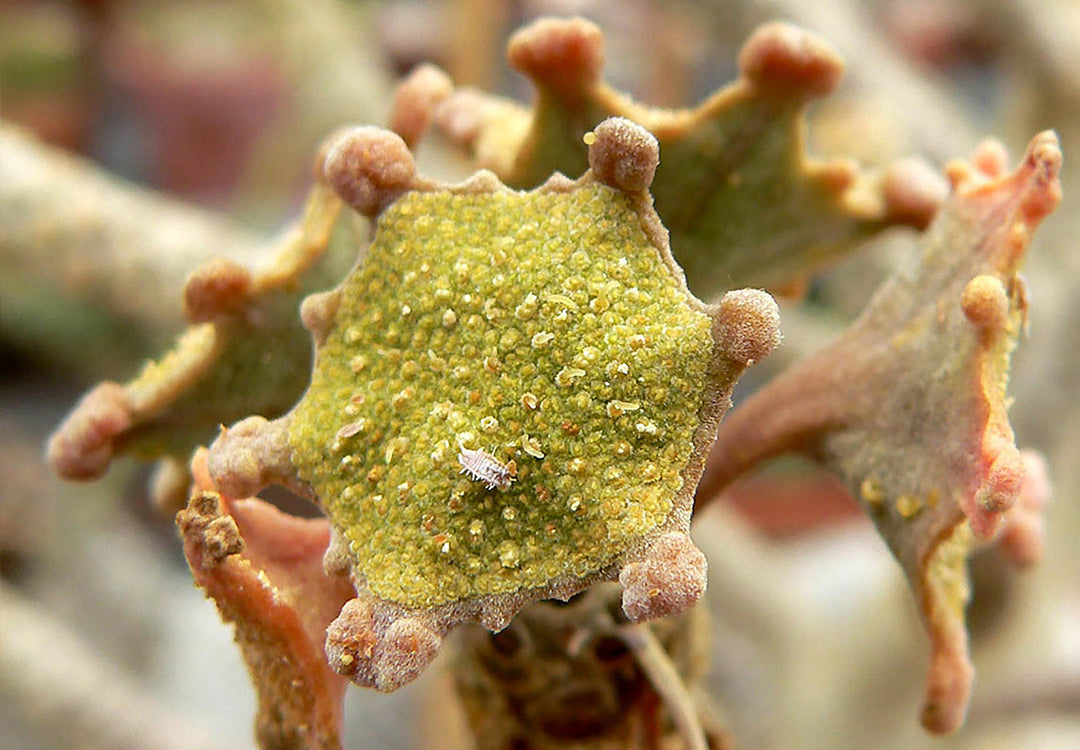
On the surface, there doesn’t seem to be much that holds this family together as a group. It certainly wouldn’t seem obvious that figs and mulberries belong in the same family at first glance, at least not to me.
Description
Members can come in all shapes and sizes including vines and shrubs, but this family is generally associated with trees.
The main thing these plants have in common is a milky sap, which is uncommon for most trees and woody shrubs.

A Ficus sp. with sap oozing out of a blue fig fruit. Image source
Flowers, Fruits & Leaves
Flowers: Generally dioecious, meaning separate male and female flowers exist on the same tree, however there are exceptions such as certain monoecious figs. Flowers are usually in an inflorescence of some kind.
Fruit: In Ficus, a “syconium” is a false fruit made in a hollow stem receptacle. Other fruits are often also composite, such as mulberries.
Seeds: Small seeds like ficus have an endosperm, while larger seeds generally don’t.
Leaves: Usually alternate, sometimes opposite. Like most dicots, they have reticulate venation. May have lobed margins.
Noteworthy Types
Mulberries in the Morus genus vary in their habit, but are generally shrubs, trees, or shrubby trees. The purple dye in the berries can be almost impossible to get off your hands, unless you rub some under-ripe berries between them.

A Morus sp. with ripe and underripe composite fruits. Pro tip: rub green berries between your hands to remove the purple stains, which soap does not help with. Image source
Figs (Ficus spp.) are a very interesting family with bizarre flowers and an aesthetically pleasing growth habit. The buttressing of larger fig trees can be quite spectacular, as can the leaves of certain species such as the Ficus elastica.

A couple of baby rubber trees Ficus elastica, one with leaf variegation and one without. Image source
The Dorstenia genus is filled with succulent plants that are quite diverse in appearance with bizarre compound flowers (heads or capitulum). While most members of the family are woody, this genus is an herbaceous exception.

A close up of a bizarre Dorstenia gigas flower head. Image source
Conclusion
This isn’t an easy family to identify by plant parts, however members are usually a bit easier to identify to the genus level.
If you haven’t already read my articles on plant identification and scientific names, I recommend reading those to get a broader picture of the topic. Alternatively, you can browse some of my other plant families, subfamilies and genera below.
